KIA Sorento (2002-2023) firing order — diagram & guide
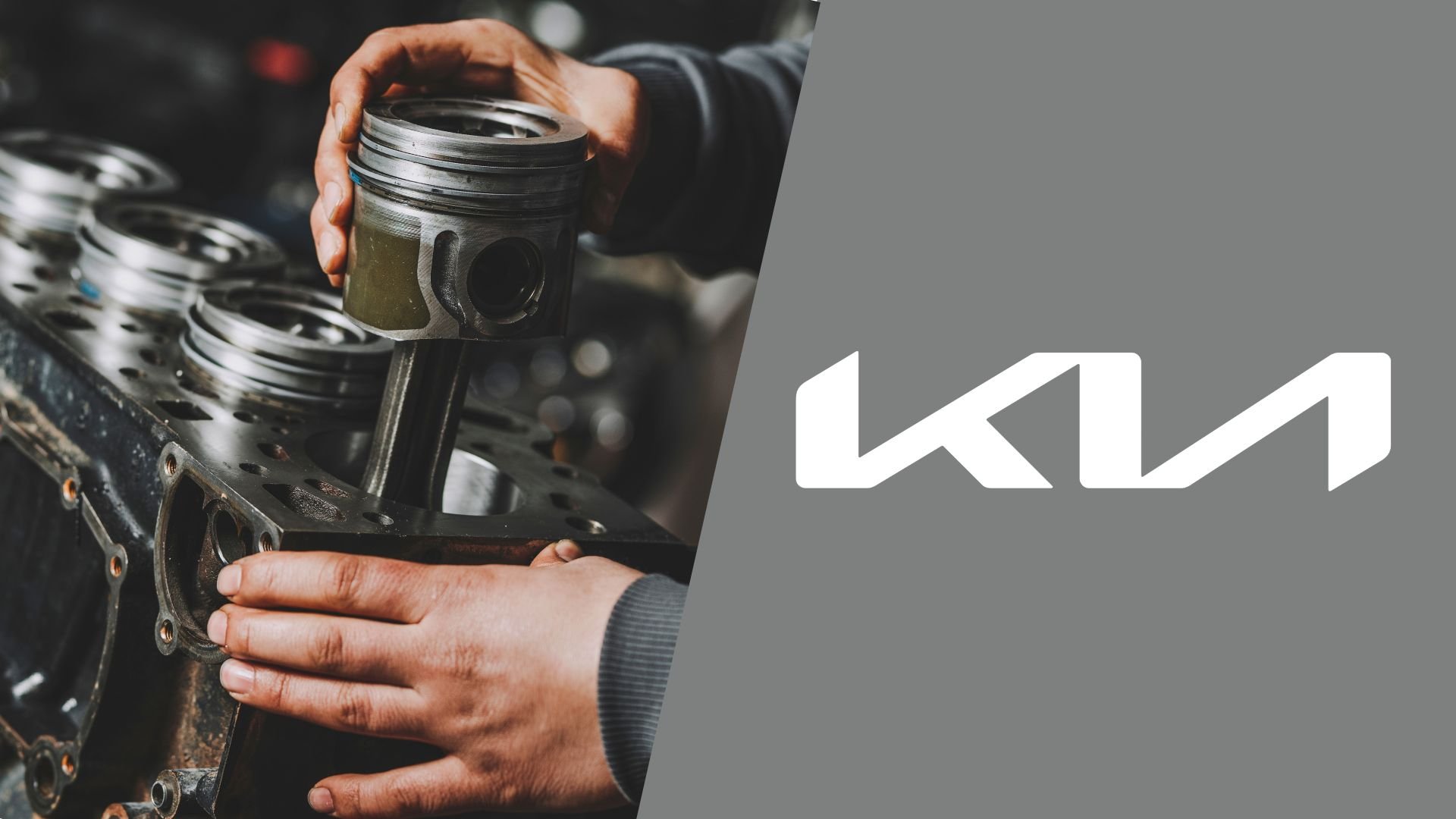
Among all the SUV vehicles on the US market, the Sorento is one of the rare KIA models that are pretty common. Over two decades of production have proven that this model featured some pretty remarkable engines, and the KIA Sorento (2002-2023) firing order can help keep them that way.
That means you can benefit quite a lot by taking a tour with us as our experts elaborate on all the Sorento engines and their firing orders. We’ll also give you a few hints on the cylinder configuration of each engine, so let’s take a look at the details.
| SORENTO YEARS | ENGINE | FIRING ORDER |
|---|---|---|
| 1st Gen (2002-2009) | 2.4L | 1-3-4-2 |
| 3.3L V6 | 1-2-3-4-5-6 | |
| 3.5L V6 | 1-2-3-4-5-6 | |
| 3.8L V6 | 1-2-3-4-5-6 | |
| 2.5L diesel | 1-3-4-2 | |
| 2nd Gen (2010-2013) | 2.4L | 1-3-4-2 |
| 3.3L V6 | 1-2-3-4-5-6 | |
| 3.5L V6 | 1-2-3-4-5-6 | |
| 2.2L diesel | 1-3-4-2 | |
| 3rd Gen (2014-2020) | 2.0L | 1-3-4-2 |
| 2.4L | 1-3-4-2 | |
| 3.3L V6 | 1-2-3-4-5-6 | |
| 3.5L V6 | 1-2-3-4-5-6 | |
| 4th Gen (2021-present) | 2.5L | 1-3-4-2 |
| 3.5L V6 | 1-2-3-4-5-6 | |
| 1.6L turbo | 1-3-4-2 | |
| 2.2L diesel | 1-3-4-2 |
First-generation KIA Sorento (2002-2009) firing order
The first-gen Sorento featured a balanced offer of engines with four cylinders and V6s being available. So, our team went through the firing patterns of each to bring you key details necessary for maintenance:
KIA Sorento 2.4L firing order

The KIA Sorento 2.4L firing order is 1-3-4-2 and it’s the base engine option used for the Sorento. The four-cylinder engine has a simple straight-four layout, which means the cylinders are arranged from the number 1 to the number 4 in a straight sequence, looking at it from left to right.
KIA Sorento 3.3L firing order
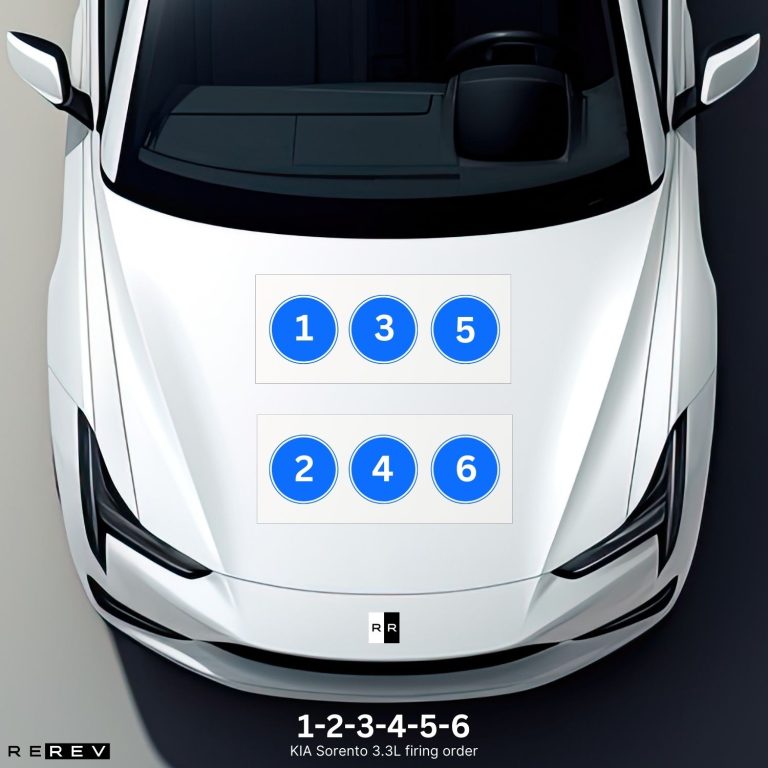
Besides the four-cylinder base options, the first-gen KIA Sorento also used a variety of V6 engines. A perfect example of these is the 3.3-liter engine, so the KIA Sorento 3.3L firing order is 1-2-3-4-5-6 and it’s an easy pattern to memorize.
However, that doesn’t mean the cylinders themselves are ordered in the same way, so you have to know about cylinder identification to use the firing order. This engine is a transverse six-cylinder, just like the rest of the V6 engines from this generation, and that means there’s an upper and a lower cylinder bank.
All the odd cylinder numbers like 1, 3, and 5 are placed within the upper bank in that particular order from left to right. The lower bank houses cylinders 2, 4, and 6 also oriented from the left side toward the right side.
KIA Sorento 3.5L firing order

Like the 3.3L engine, the KIA Sorento 3.5L firing order is also 1-2-3-4-5-6 and this engine is based on that previous V6 we mentioned. Precisely, it uses the same engine block and that is why the cylinder placement also matches along with the firing order.
It’s also a transverse engine with cylinders 1, 3, and 5 on the upper side and cylinders 2, 4, and 6 being placed right below them from the left side of the engine to the right.
KIA Sorento 3.8L firing order
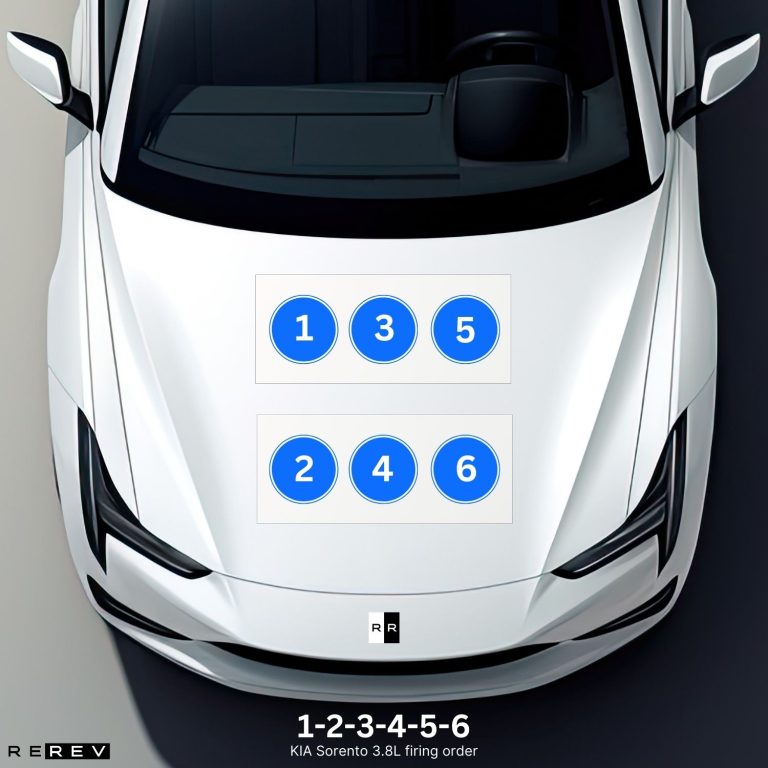
The 3.8-liter engine is the largest V6 used in the first-gen Sorento and through the model generations as a whole. It’s an engine developed together with Hyundai and the KIA Sorento 3.8L firing order is 1-2-3-4-5-6. So, you can see a common pattern here and that’s the matching firing order for all the six-cylinder Sorento engines.
The engine’s block and cylinder layout has remained unchanged, so cylinders 1, 3, and 5 will be in the top cylinder bank, while cylinders 2, 4, and 6 will be right below them.
KIA Sorento 2.5L diesel firing order

We’ll run it back to four-cylinder engines with this last option offered for the first-gen Sorento as it’s a 2.5-liter diesel engine. It’s pretty similar to the previously-mentioned 2.4-liter engine, so the KIA Sorento 2.5L firing order is 1-3-4-2.
All the cylinders are arranged in a straight 1, 2, 3, and 4 order from left to right, so it’s simple to identify the cylinder positions and check up on the cylinders by using the firing order.
Second-generation KIA Sorento (2010-2013) firing order
The second-gen Sorento started with some of the same engines used for the first-gen model like the 2.4-liter four-cylinder and the 3.3L and 3.5L V6s. The only added engine was a 2.2-liter four-cylinder so we’ll discuss that one next.
KIA Sorento 2.2L diesel firing order
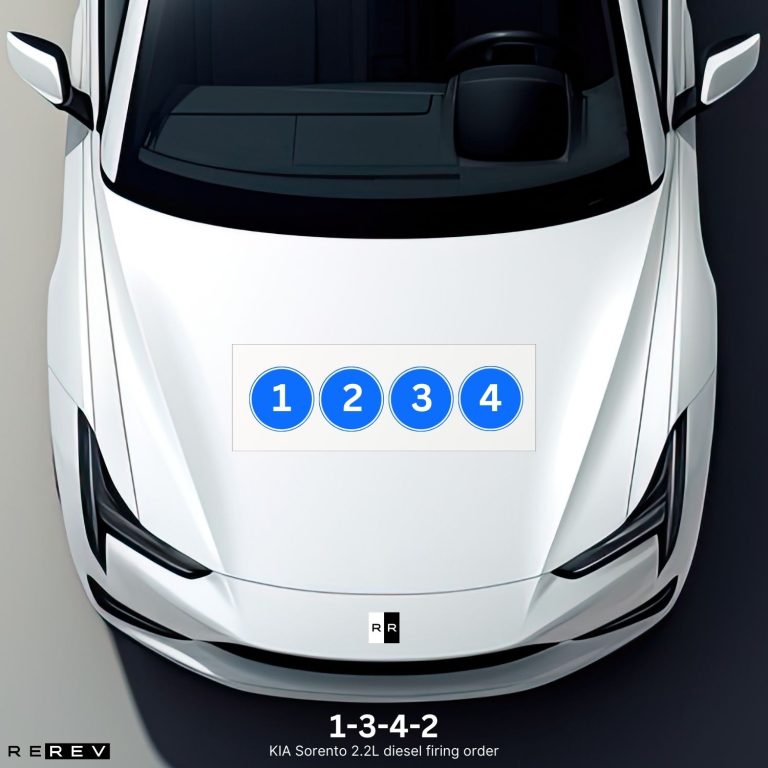
Just as all the other four-cylinder engines on this list, the KIA Sorento 2.2L diesel firing order is 1-3-4-2. It features a simple layout with cylinders 1, 2, 3, and 4 arranged in a straight line from left to right, so there’s no difference between this one and the rest of the four-cylinder engines in that sense.
Third-generation KIA Sorento (2014-2020) firing order
The third-gen Sorento still kept offering 2.4L four-cylinder and the two V6 engines that were used in the previous generation model. This time, we have a 2.0-liter four-cylinder as an addition instead of a 2.2-liter one, so we’ll dive into that engine for this generation.
KIA Sorento 2.0L firing order
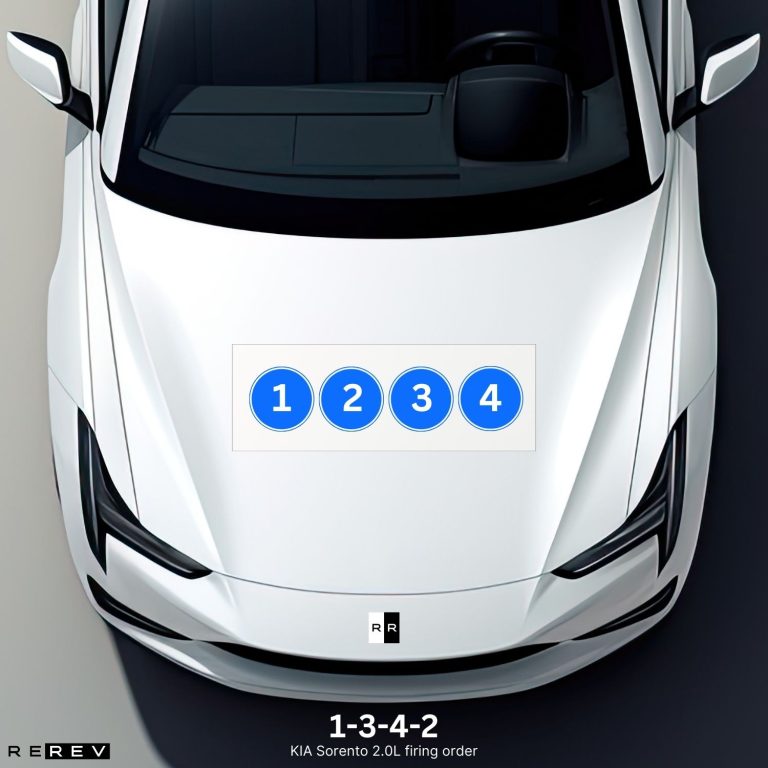
The firing pattern and cylinder arrangement didn’t change for KIA’s four-cylinder engines throughout the production, so the KIA Sorento 2.0L firing order is 1-3-4-2. The engine’s cylinders are arranged from left to right in a straight pattern with the first one being the left-most cylinder and the fourth one being furthest to the right.
Fourth-generation KIA Sorento (2021-present) firing order
We finally reach the current generation of the Sorento and once again there are four engines offered, with three of them being available in the previous generation as well. So, since we already discussed the firing orders of the 2.2-liter diesel, 2.5L engine, and the 3.5-liter V6, we’ll focus on the added 1.6-liter turbo here.
KIA Sorento 1.6L turbo firing order
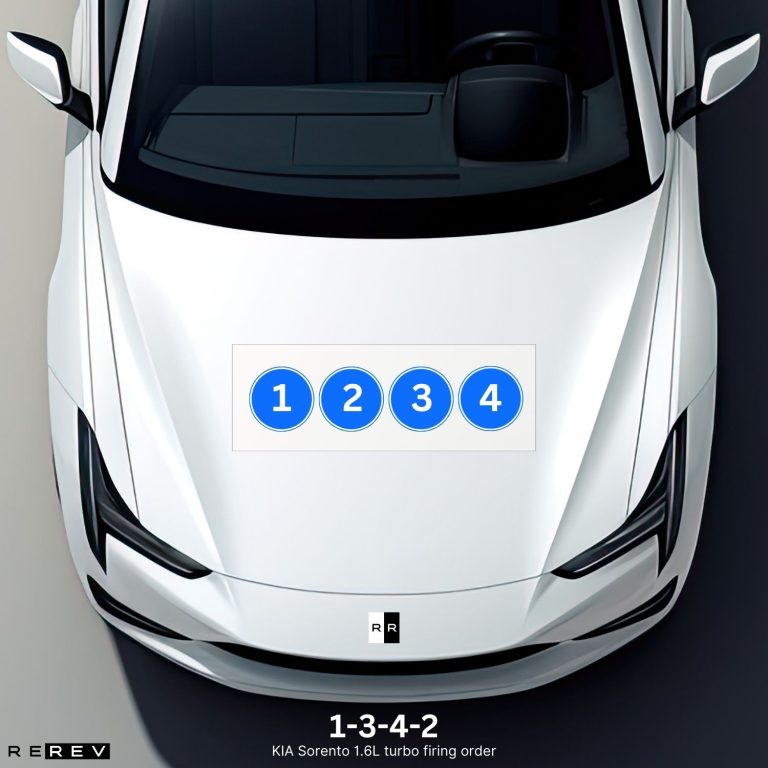
The KIA Sorento 1.6L turbo firing order is 1-3-4-2 as well and this four-cylinder engine also has the same cylinder arrangement as the previous ones. That means you’ll find all the cylinders arranged in a straight order from 1 to 4, looking at the engine’s cylinders from left to right.
Our take
Now that we’ve gone through all the Sorento engines and models, we are hoping you will have an easier time applying the firing order for your particular engine. It can be a greater help than you realize since you may be able to avoid misfires and oil leaks in the long run without even having to visit a mechanic, so we’ve got our fingers crossed that this guide will help you lead the way.